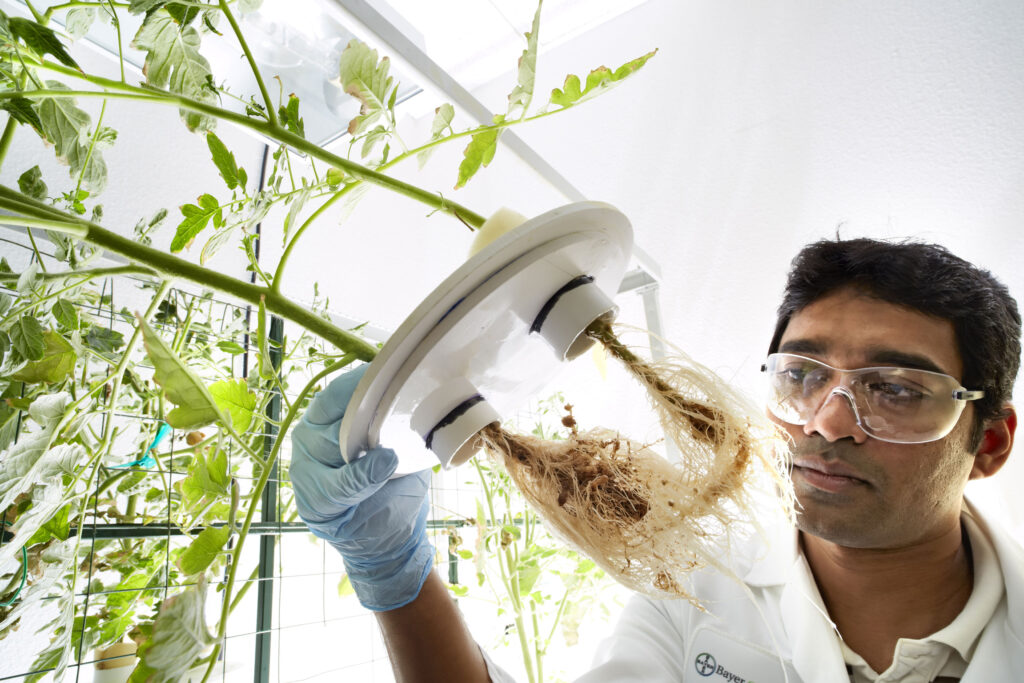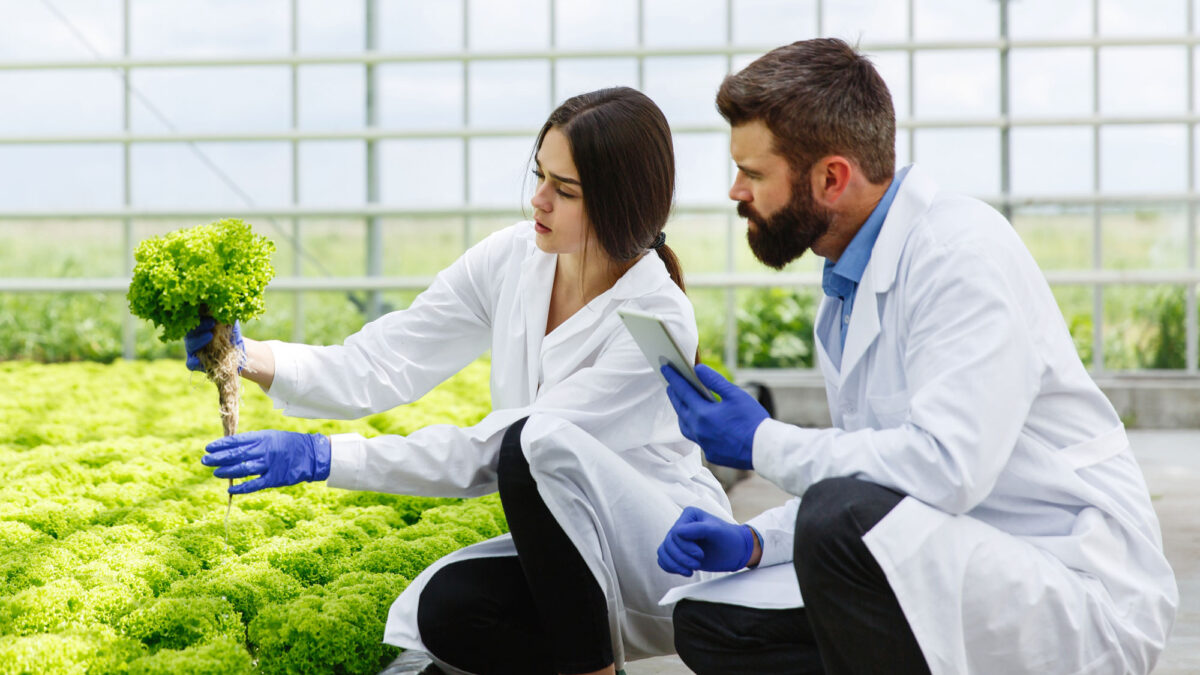Imagine a world where the population has skyrocketed to 10 billion people, and traditional farming methods are no longer sufficient to feed everyone. As resources become scarce and the climate continues to change, how can we ensure a sustainable food supply? This pressing question sets the stage for exploring the revolutionary impact of AI in smart agriculture.
The Need for Technological Innovation in Agriculture
Modern agriculture is fraught with challenges, including limited land holdings, labor shortages, climate change, environmental issues, and diminishing soil fertility. These obstacles necessitate innovative solutions to enhance farming efficiency and productivity. Over the past two decades, Intellias has been at the forefront of integrating technological solutions in agriculture, focusing on quality control, traceability, and compliance. This experience underscores the transformative potential of AI in modern farming practices.
Benefits of AI in Agriculture
Data-Based Decisions
In today’s data-driven world, AI empowers farmers with detailed insights into every aspect of the farming process. AI-powered predictive analytics allows for the rapid collection and analysis of vast amounts of data, providing actionable insights on soil health, weather conditions, market demand, and optimal sowing and harvesting times. This data-centric approach enhances decision-making at every stage of crop cultivation.
Cost Savings
AI-driven precision agriculture helps farmers grow more crops using fewer resources. By integrating soil management practices, variable rate technology, and efficient data management, AI maximizes yields while minimizing costs. Real-time crop insights enable precise application of irrigation, fertilization, and pesticides, reducing waste and improving harvest quality.
Automation Impact
For many years, the agricultural industry has faced the persistent issue of labor shortages.Automation, powered by AI, offers a solution by transforming labor-intensive tasks into efficient, automated processes. Examples encompass autonomous tractors, intelligent irrigation systems, drones powered by IoT, smart spraying technology, vertical farming software, and AI-driven greenhouse robotics.These tools are far more efficient and accurate than human labor, significantly boosting productivity.
Applications of AI in Agriculture
Optimizing Automated Irrigation Systems
AI algorithms enable autonomous crop management by integrating IoT sensors that monitor soil moisture levels and weather conditions. These algorithms make real-time decisions on water distribution, promoting sustainable agriculture and conserving water resources. Smart greenhouses utilize artificial intelligence to enhance plant growth through automated adjustments of temperature, humidity, and light levels, optimizing environmental conditions.
Detecting Leaks or Damage to Irrigation Systems
AI enhances irrigation efficiency by detecting leaks through pattern recognition and anomaly detection in water flow and pressure data. Early detection prevents water waste and potential crop damage, conserving resources and ensuring optimal water usage.
Crop and Soil Monitoring
AI improves soil health management by analyzing nutrient content and predicting crop yields. Computer vision models provide accurate soil condition data, enabling farmers to combat crop diseases effectively. AI systems can also monitor plant growth conditions, triggering automated environmental adjustments to optimize crop health.
Detecting Disease and Pests
AI-powered computer vision can identify pests and diseases in crops by analyzing images for signs of mold, rot, insects, and other threats. This early detection allows farmers to take swift action, preventing the spread of disease and minimizing crop damage.
Monitoring Livestock Health
AI provides advantages to livestock farming through the monitoring of animal health and behavior. For example, CattleEye uses drones, cameras, and computer vision to detect atypical cattle behavior and identify health issues. AI provides valuable insights into the impact of diet and environmental conditions on livestock, improving overall well-being and productivity.
Intelligent Pesticide Application
AI-powered drones optimize pesticide application by using computer vision to determine the precise amount needed for each area. This approach reduces environmental contamination and enhances the effectiveness of pest control measures.
Yield Mapping and Predictive Analytics
Yield mapping with AI analyzes large datasets to understand crop patterns and characteristics, allowing for better planning and resource allocation. Techniques like 3D mapping and sensor data integration enable precise yield predictions, optimizing sowing and harvesting strategies.

Automatic Weeding and Harvesting
AI-driven robots can distinguish between weeds and crops using machine learning and computer vision, automating the weeding process. These technologies also improve harvesting efficiency by accurately identifying ripe produce.
Sorting Harvested Produce
Post-harvest, AI sorts produce based on shape, size, and color, ensuring quality and consistency. This automated sorting procedure surpasses traditional manual methods in terms of accuracy and efficiency.
Surveillance
AI enhances farm security by integrating computer vision and machine learning with video surveillance systems. These systems can detect unauthorized intrusions and monitor livestock, protecting crops and equipment from theft or damage.
You may also like: Revolutionizing Recovery : AI’s Impact on Disaster Preparedness and Response
The Future of AI in Agriculture
AI’s impact on agriculture is set to increase substantially, as the market for AI in agriculture is projected to grow from USD 1.7 billion in 2023 to USD 4.7 billion by 2028. Despite the benefits, challenges such as high upfront costs and slow adoption due to a lack of understanding remain. However, as AI technologies become more accessible and integrated with other digital tools like big data and IoT sensors, their impact on agriculture will continue to increase.
Conclusion
AI is revolutionizing agriculture by providing data-driven insights, enhancing productivity, and reducing costs. From optimizing irrigation systems to monitoring livestock health, AI offers numerous benefits that address the challenges of modern farming. As the global population grows and resources become scarcer, embracing AI in agriculture is essential for ensuring a sustainable and efficient food supply.
FAQs
Q1: How does AI improve crop yields?
AI improves crop yields by providing real-time data on soil health, weather conditions, and market demand. This data assists farmers in making educated choices regarding crop planting, irrigation schedules, and harvest timing.
Q2: What are the cost benefits of AI in agriculture?
AI reduces costs by optimizing resource usage, minimizing waste, and enhancing efficiency. Precision agriculture techniques help farmers grow more crops with fewer resources, leading to significant cost savings.
Q3:How does AI enhance farm security?
AI enhances farm security by integrating computer vision and machine learning with video surveillance systems. These systems detect unauthorized intrusions and monitor livestock, protecting crops and equipment.
Q4: What obstacles does agriculture face in implementing AI?
Challenges encompass substantial initial expenses and sluggish adoption due to limited comprehension of AI technologies. However, as AI becomes more accessible and integrated with other digital tools, its adoption is expected to increase.
Q5: How does AI help in pest and disease management?
AI uses computer vision to detect pests and diseases in crops by analyzing images for signs of mold, rot, insects, and other threats. Early detection allows farmers to take swift action, preventing the spread of disease and minimizing crop damage.
Feature Image Source: Yandex.
Image 1 source: Yandex.





